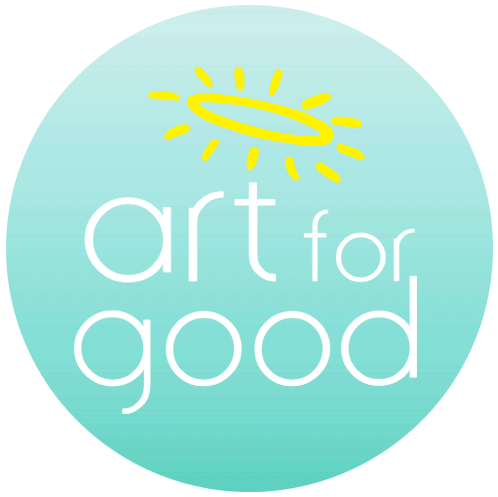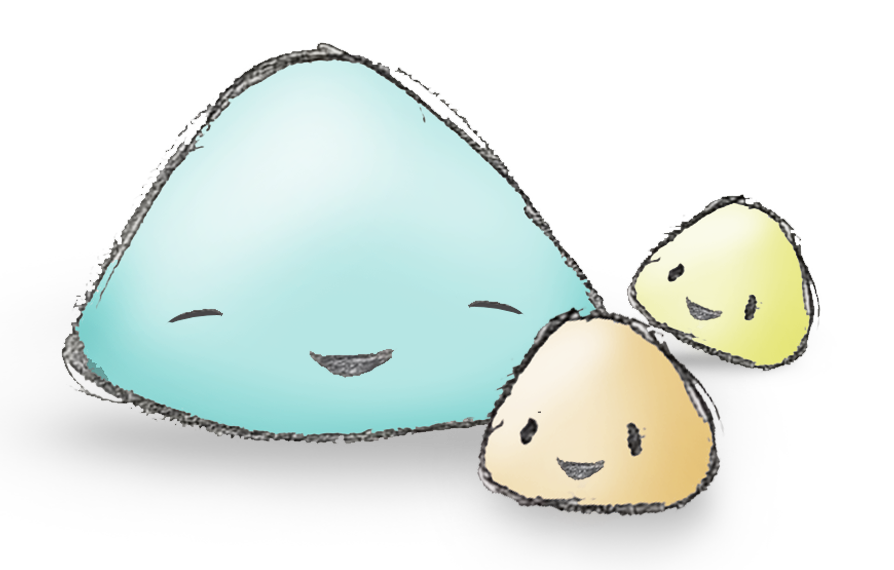As an art therapist, I often get this question. On a social context, without the need for powerpoint slides and stuffy presentations with profound academic explanations, in my simplified version and definition; Art Therapy is a blend of Art and Psychology, used to help all kinds of people. The next question would usually be closely followed with an assumption that Art Therapy is only for children. This is completely forgivable, given that art therapy is a rather niche industry and the concept of art making seems to be reserved mostly for children. It is scientifically proven that art therapy has much success with children, especially for children who are non-verbal or less verbal, as art provides them a platform for self expression.
– Amanda Chen, MA-AT
• Art therapy is a form of psychotherapy utilising creative modalities within a therapeutic relationship to improve physical, mental and emotional well-being.
• Art therapists have been trained to work therapeutically using visual arts, including drawing, painting, and sculpture.
• Art therapy has been recognised and regulated around the world by organisations such as the British Association of Art Therapists (BAAT), the Health and Care Professions Council (HCPC), the American Art Therapy Association (AATA), Australian and New Zealand Art Therapy Association (ANZATA), Art Therapy Association of Singapore (ATAS) and Canadian Art Therapy Association (CATA).
• Art therapy is traditionally based on, but not limited to, psychoanalytic or psychodynamic principles using varied practice-based and evidence-based theoretical frameworks. These include depth analytic, humanistic, behavioural, systemic, and integrative approaches.
• Art therapy can be practiced with individuals as well as groups and is not limited to age.
• Art therapy does not rely on artistic knowledge or ability, but by accessing imagination and creativity, qualities which all human beings possess.
• The emphasis is on the process of creating and meaning-making than the end product.
• The therapist and client/s develop an interpersonal relationship through the arts process, with clear boundaries and shared intentions.
Art Therapy can help people resolve conflicts, develop interpersonal skills, manage behaviour, reduce stress, increase self-esteem and achieve insight. Art therapy can encourage clients to:
• express feelings that may be difficult to verbalise
• explore their imagination and creativity
• develop healthy coping skills and focus
• improve self-esteem and confidence
• identify and clarify issues and concerns
• increase communication skills
• share in a safe nurturing environment
• improve motor skills and physical co-ordination
• identify blocks to emotional expression and personal growth
AATA – American Art Therapy Association
ATAS – Art Therapy Association of Singapore
ANZATA – The Professional Association for Arts Therapy in Australia, New Zealand and Singapore
BAAT – The British Association of Art Therapists
CATA – Canadian Art Therapy Association
HCPC – Health and Care Professions Council


 Amanda Chen
Amanda Chen